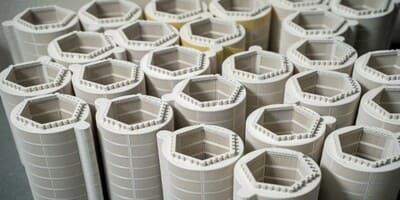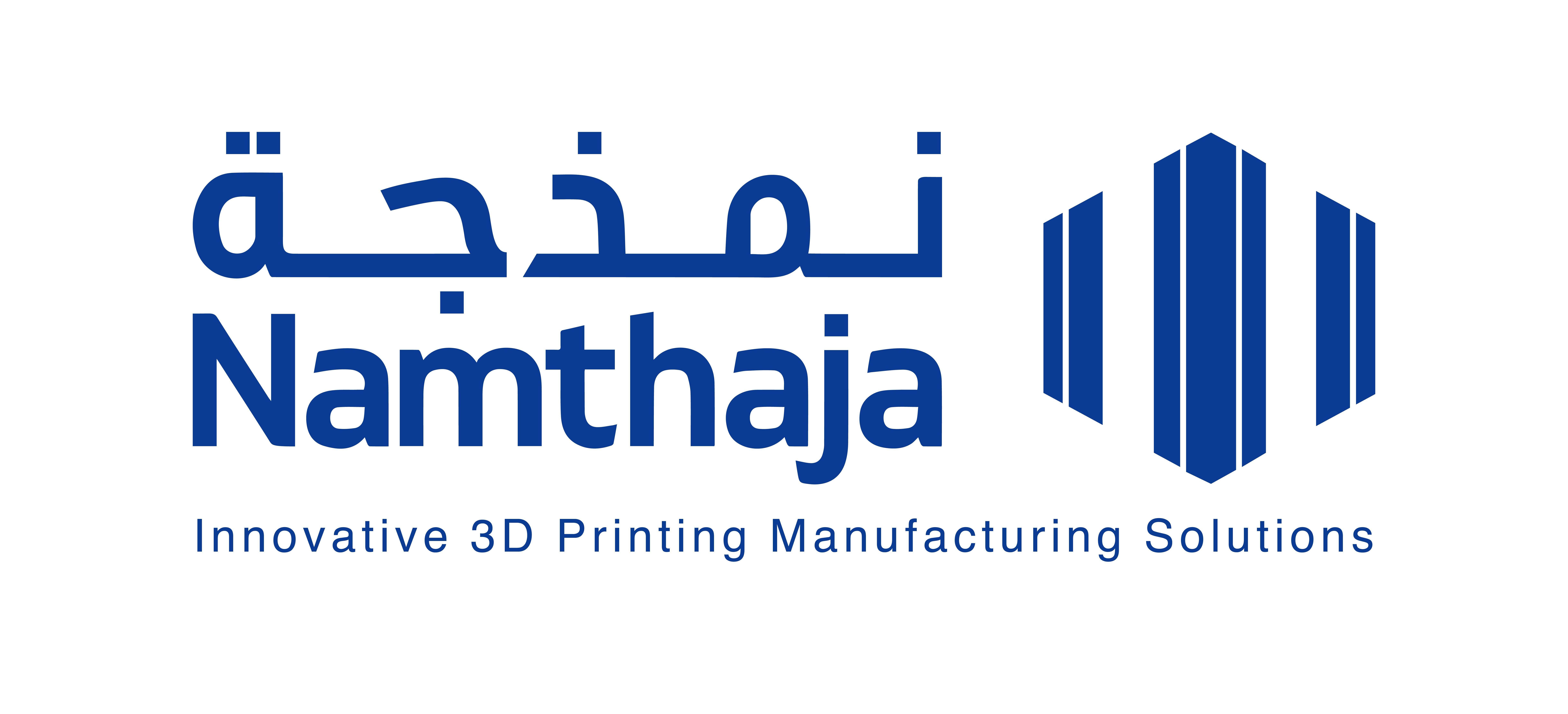
The difficulty of implementing the design by traditional methods and the need to use materials with better properties, made 3D printing the ideal industrial tool for this project.
The water filters in this plant filters out the sea water from unwanted particles and impurities, with gaps of a thickness 0.15 mm. These filters are manufactured from metallic materials using relatively simple manufacturing methods. But as of the use of these filters for sea water, they are exposed to a high level of corrosion and rust, which weakens their effectiveness within 3 – 5 years, which has a very high cost to the client.


If you want to use non-metallic materials, the process gets very complicated, which makes it an unavailable option. Alternative stainless metallic options are available at a several times higher cost than the original filter. Therefore, 3D printing has been sought as an option to manufacture these filters from non-metallic stainless materials, and at a cost comparable to the cost of the original product.


In Namthaja we have developed the entire product development process, in line with manufacturing technology and new materials, while achieving performance comparable to or superior to the original product.
The product development process goes through many stages that considers all possible variables: raw materials, manufacturing methods, machine operating standards, test and test results, and finally costs. The product development process has gone through hundreds of trials, samples, and tests.


They result in a completely new design that performs better than the original product with a precision of gap sizes in the range of 150 microns – a resolution difficult to achieve with 3D printing.


The product was tested using specialized simulation softwares to measure its resistance to mechanical forces and loads, in addition to water flow and pressure testing using a test bench that provides as-real operating conditions, which’s an essential step that provides product reliability.


Cumulative experience, technical capabilities, distinguished engineering team, and local presence. All have contributed to the success of this product and enabled us to provide a high-efficiency manufacturing solution to the customer, that contributes to reducing the operational and capital costs.
1.Filtration accuracy of 150 microns
2.Resistant to salinity with low chlorine ratio
3.Withstands water pressure of 50 to 150 PSI
4.120 cm in length, with a diameter of 11 cm
5.90 filters were manufactured as a first phase, with expected to 10,000 filters in future phases
6.The product is fully developed and manufactured by Namthaja by Saudi hands

